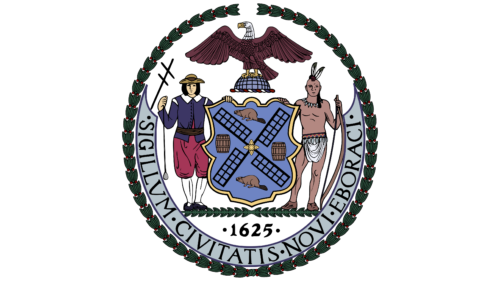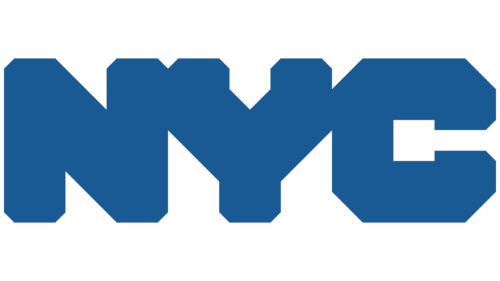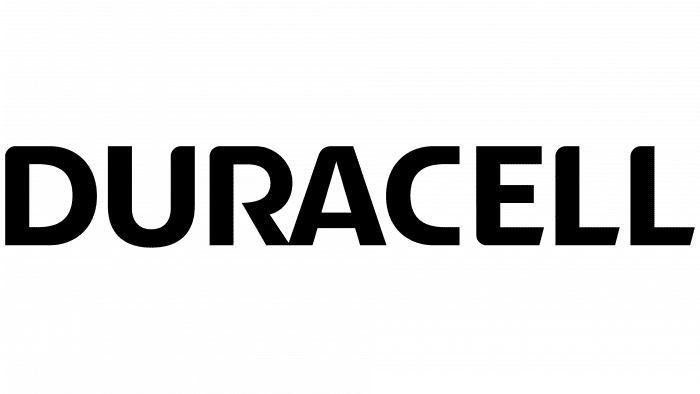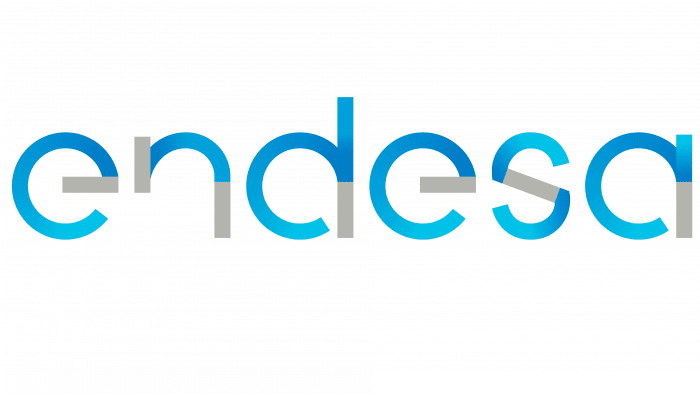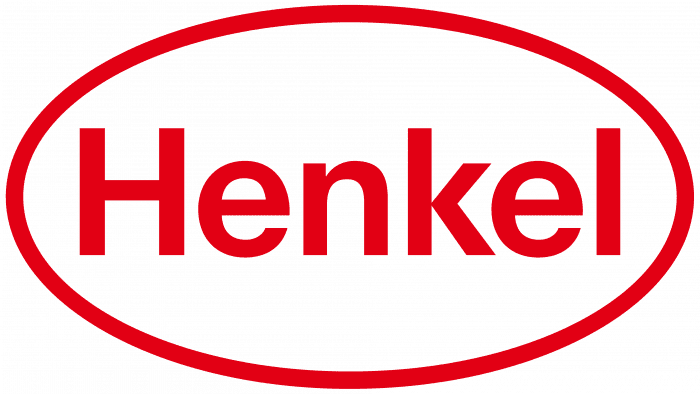NYC logo is large and imposing, like the size of the metropolis. The logo symbolizes the indestructible spirit of New Yorkers, the city’s importance in U.S. history, and the world-famous skyscrapers reaching up to the clouds.
NYC: Brand overview
| Founded: | 1624 |
| Headquarters: | New York (State), United States |
| Website: | nyc.gov |
Meaning and History
The first settlement on the site of the metropolis was founded by Dutch settlers in 1624. They called it New Amsterdam. The formation received city status in 1653, and 11 years later changed its name to New York due to the conquest by the British. NYC became the capital of the United States for five years in 1785. President Washington was inaugurated here. The active growth and formation of the city began in the early 19th century, with the mass resettlement here of immigrants and native Americans.
Originally, the city had a seal with which documents were sealed. The logo came much later and did not change.
What is NYC?
An American metropolis consisting of five administrative districts, the most famous of which are Manhattan, the Bronx, and Brooklyn. The city is home to the United Nations headquarters, the Plaza Hotel, the Empire State Building, and Carnegie Hall.
The logo is an abbreviation of the first letters of New York City, written in bold black letters. The abbreviation is so recognizable that it does not require deciphering. The city’s name comes from 1664, when the British owned the land. They gave the name of the settlement in honor of the future King of England, James (James), the second, born Duke of York. When colonizing the land, the reigning King Charles gave the territories to his brother James. The colonizers therefore named the towns after him.
The boldness of the letters shows the scale of the city and its role in the public life of the United States. The metropolitan area itself is home to nearly 8.5 million people, and with the suburbs, 19.7 million.
The Seal
The NYC Seal is used to sign documents and mark the community’s property. The modern version of the stamp does not match the original. The mark underwent several changes as the city transitioned from the Dutch to the British and back again, and then under American rule. There is evidence of stamps from 1630, 1654, 1669, 1686, 1735, and 1784.
In the modern version (developed in 1915 and added in 1977), the seal depicts a representative of the natives and a sailor colonizer from Holland. The city’s first land (Manhattan Island) was purchased from the Manahatta tribe.
The Indians were engaged in hunting. That is why the aborigine has a bow in his hand. The settler holds a sinker, and on his shoulder is Jacob’s staff. The objects are considered to be the navigational tools of the sailors, which helped them arrive in America.
Both parties to the treaty are leaning on a shield made in the form of animal hide. The dressed hides were used for drawings and messages. In this case, it bears the first goods of the settlement.
In the center is a windmill, reminiscent of Amsterdam, the capital of Holland, after which the city was originally named. Nearby are two barrels of flour. Before the arrival of the colonizers, the natives did not know what bread was. Moreover, it was New York that, in 1674, obtained the exclusive right to produce and sell flour in the colonies, which contributed to its prosperity.
In contrast to the two barrels at the top and bottom of the shield, sit beavers. The first settlers survived by selling their skins. They sent the furs to Europe to sew hats, receiving other goods in return. The Indians helped a lot with this. The natives paid with hides instead of money and taught the colonists how to get the fur.
After the United States’ founding and the colonies’ liberation from British rule, an eagle was added to the NYC seal, replacing the crown of England that had been there previously. The bird became a symbol of strength and freedom. It stands for the Northern Hemisphere, where America is located.
The date below the shield indicates the year New Amsterdam was designated as the colony’s main fort. Across the bottom circumference, goes an inscription in Latin of the seal’s affiliation with the city. It uses the Latin name of New York Eboraci.
Font and Colors
The main color of the logo is black. It is a sign of power, strength, and firmness. It is appropriate for a major industrial, financial, and cultural center, which is visited by up to 50 million tourists annually.
The initial letters of the font are like the skyscrapers for which the city is famous.
NYC color codes
| Black | Hex color: | #000000 |
|---|---|---|
| RGB: | 0 0 0 | |
| CMYK: | 0 0 0 100 | |
| Pantone: | PMS Process Black C |


